Please login or click here to join.
Forgot Password? Click Here to reset pasword
Apsley House is best known for the fact that it was the home of the Duke of Wellington, but it was originally built by Robert Adam in 1778 as an imposing residence for Baron Apsley. The house occupies an important position at the south-east corner of Hyde Park, when it was first built it became known as Nr.I London, due to the fact that it was the first house travellers passed as they entered the city through its western tollgate.
Arthur Welsley, Ist Duke of Wellington (1769-1852) had an illustrious career as both a soldier and politician, but he is celebrated and remembered best for his outstanding victory against Napoleon Bonaparte at Waterloo in 1815. This is despite being Tory Prime Minister between 1828-1830.
In 1817 the Duke took Apsley House as his London residence, it was altered to suit his taste by architects Benjamin and Philip Wyatt. Here he lavishly entertained the great and the good of his era, particularly the officers who had served him when he won his famous victory. It was also here that he earned for himself the nickname "Iron Duke", after protestors against his Reform Bill broke into his home, the Duke had all the windows fitted with Iron shutters, and thus the name stuck for evermore.
During his lifetime Wellington amassed a wonderful collection of treasures, these include paintings, silverware, ceramics and memorabilia of his times. These are all on show in Apsley House which is now transformed into an interesting museum. Descendents of Wellington still live in the house, the museum occupies ten of the principal rooms including the Long Waterloo Gallery, scene of so many of Wellington's lavish entertainments.
Visitors to the house see important "old masters" by Caravaggio, Rubens, Van Dyck, Bruegel and Valazquez. There is an interesting massive statue of Napoleon dressed only with a fig leaf, this is by Canova. Another item on show relating to Bonaparte is the elegant dinner service the Emperor gave to Josephine at the time of their divorce.
There is a small exhibition in the basement relating to Wellington's death, this includes his death mask.
The museum gives a fascinating insight into a man whose deeds were applauded during his lifetime, and who continues to be revered to this day.

in the county of Greater London
(0.4 miles, 0.6 km)Mayfair has it all, it is the haunt of the rich and famous, with elegant houses and apartment buildings that are the sole province of the wealthy...

in the county of Greater London
(0.6 miles, 0.9 km)One of the Capital's most noted places, Piccadilly sweeps uphill with handsome houses on one side and Green Park on the other...

in the county of Greater London
(0.8 miles, 1.4 km)Of all the jewels in the City of Westminster, none shines more brightly than Westminster Abbey, stunning setting for the coronation of almost every English monarch since William the Conqueror was crowned there in 1066...
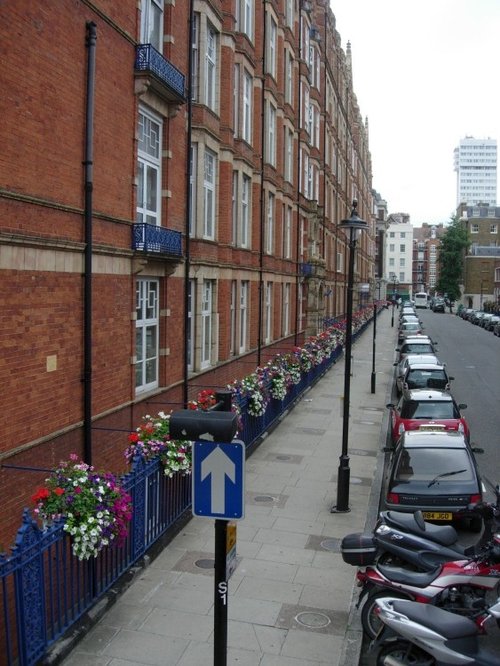
in the county of Greater London
(1.1 miles, 1.7 km)Marylebone is one of London's more affluent area's, it is home mostly to the well to do, and yet only a couple of centuries ago a large workhouse was built here to give shelter to the poor and homeless, often foundlings were discovered on the workhouse doorstep...
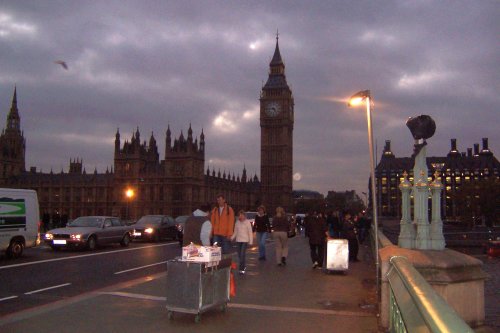
a Historic City in the county of Greater London
(1.2 miles, 1.9 km, direction E)London is one of the top cities in the world, full of history and so many beautiful and fascinating places to visit.You will never tire of all the many fascinating and exciting.....
All towns in Greater London
This is one of London's famous ceremonial arches, it was designed in 1825 as a triumphal entrance to Buckingham Palace from the.....

Buckingham Palace is the first home and office of the Royal family in England, and has been the home to British sovereigns since.....
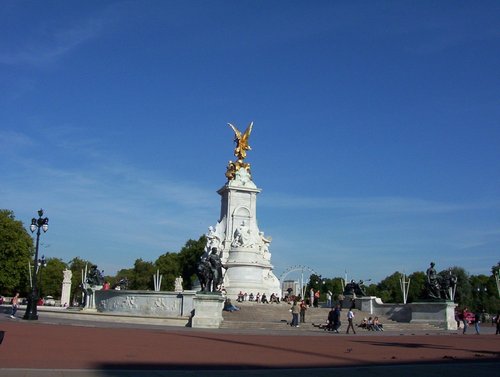
The grand memorial statue to a great Queen and Empress standing almost at the doorway of Buckingham Palace, is best appreciated.....
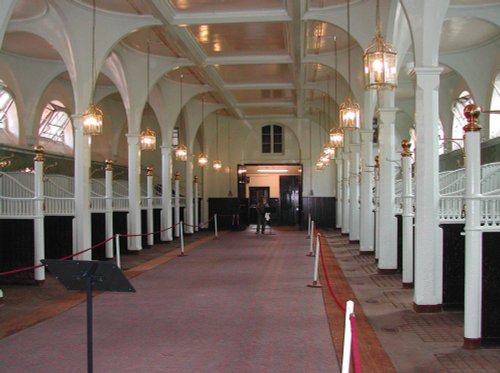
The Royal Stables at the side of Buckingham Palace, London. Established by George III in 1762 and Redesigned by John Nash in 1825.....
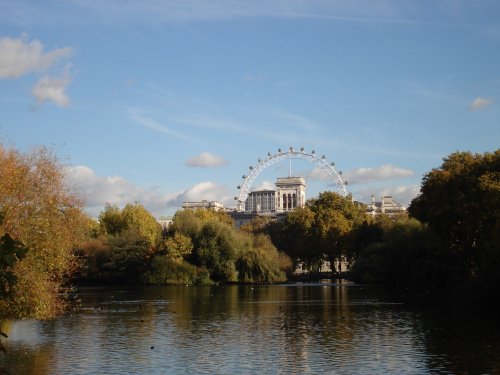
The origins of St.James's Palace lie deeply rooted in the reign of King Henry VIII, it was the King who started the building of.....